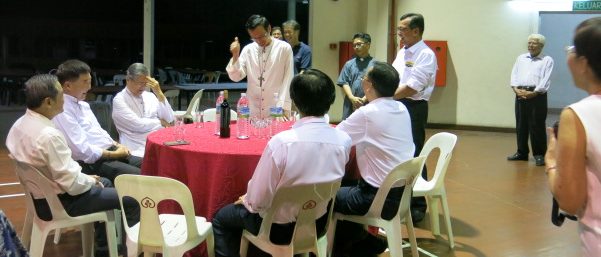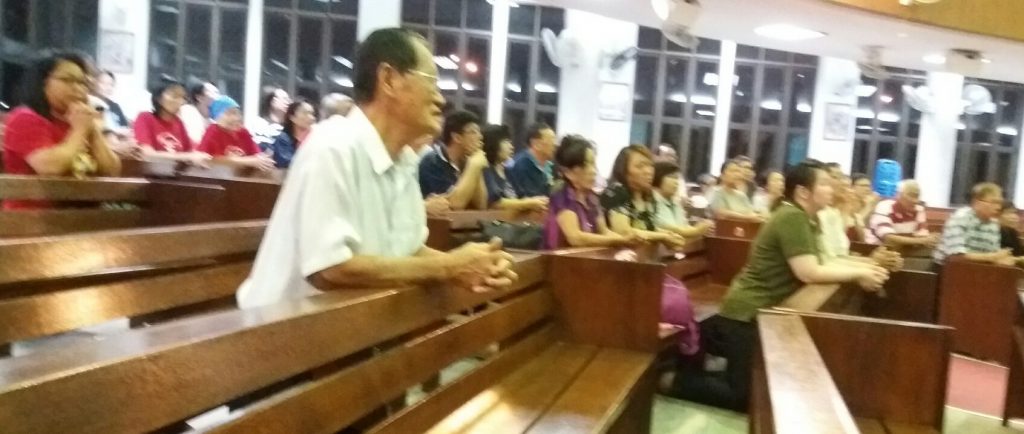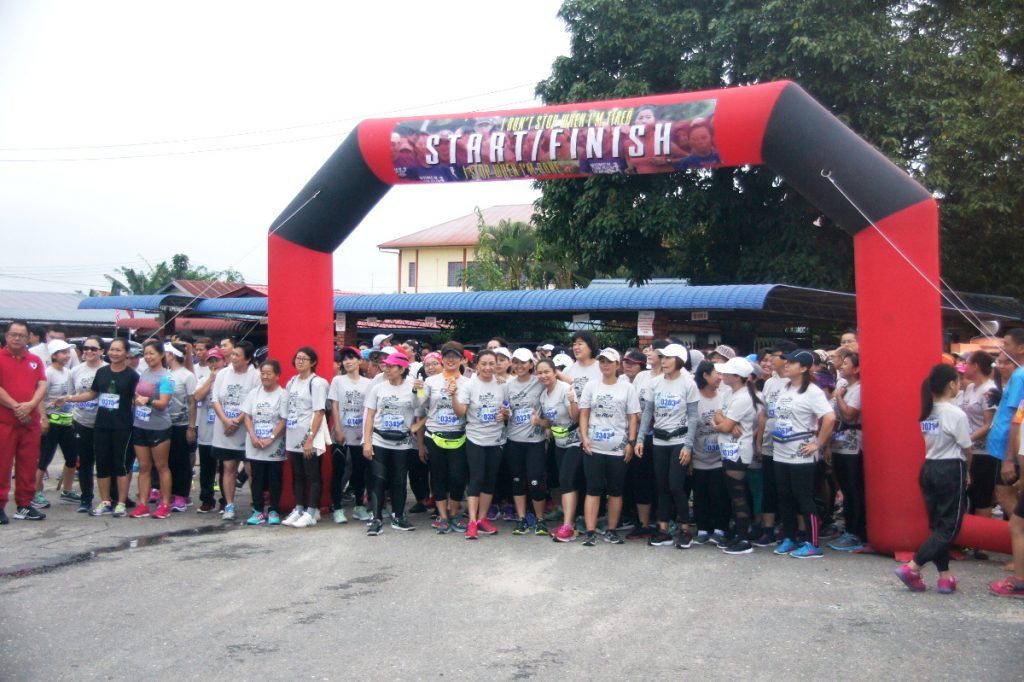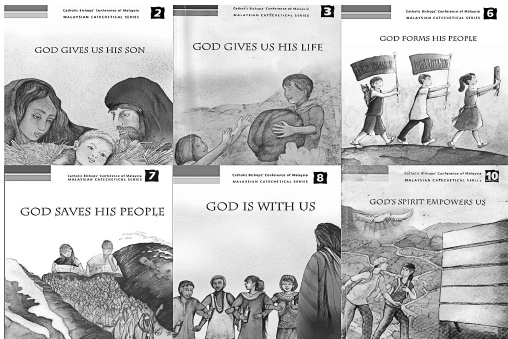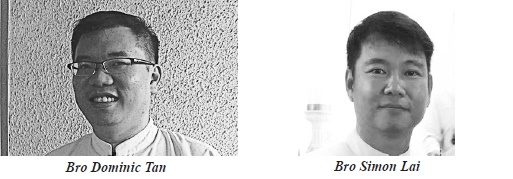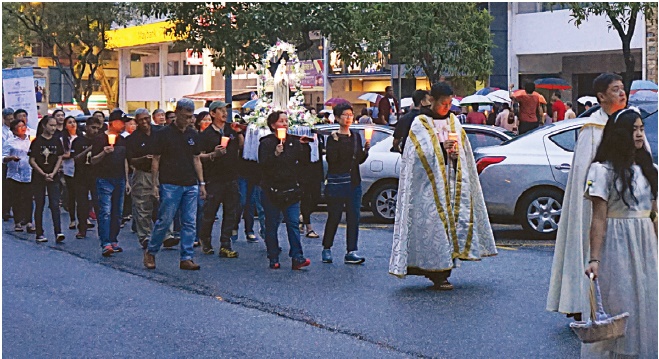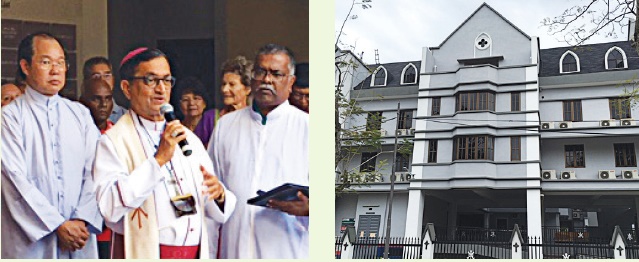The Ad Limina visit is formally called “ad limina apostolorum,” which means “to the thresholds of the apostles” Peter and Paul, who were martyred in Rome.
Traditionally, this visit serves as an occasion for the Shepherd of each diocese to draw inspiration as well as guidance from the center of the Universal Catholic Church in which Pope Francis, the Supreme Pontiff is the successor of Peter, the Apostle.
The Archbishop and Bishops as successors of the Apostles, work in collaboration and communion with the Pope.
The Ad Limina consists of three parts:
Part 1
A personal visit to the tombs of Saints Peter and Paul which is a very spiritual and inspiring time of the Ad Limina because it connects the present Successors to the Apostles (Bishops, Archbishops and Cardinal) to the two major Apostles credited with the spreading of the faith. They draw strength and renewal from this visit to the tombs.
Part 2
A visit and interview with the Holy Father which will be held on February 8, 2018. This is a time when the Cardinal, Archbishops and Bishops renew their obedience and loyalty to the Pope who is the successor of Peter, and receive his teaching in the form of a reflection and they render oral reports on the state of their individual Arch/dioceses. This gives the Bishops, Archbishops and Cardinal a chance to be in solidarity with the Pope and each other.
Part 3
The scheduled visits to the various offices of the Roman Curia, presenting the written report which is presented to the Secretariat of the State.
Each diocese is sent a questionnaire of the information being requested by the Vatican. This quinquennial (5 year) report provides statistical and written descriptions of all the priests, deacons, religious, and laity serving in the diocese, the state of the sacramental life of the diocese, the financial health of the diocese as a whole, the types of programmes being offered which can range from prison ministry to evangelisation to family life to ecumenism and interreligious dialogue, the process of catholic education in Catholic Mission Schools and at parishes, evangelisation efforts to the active, inactive and unchurched and the current status of our priestly vocations. This report also presents the successes and challenges since the last report given.
Be part of the Ad Limina visit
We wish for all Catholics, through prayer and solidarity, to feel a part of the Ad Limina visit, which confirms and celebrates that which we profess each week when we express our belief in the ‘one, holy, catholic and apostolic Church.’
Our faith was handed down to us from Jesus by the apostles and as Archbishops and Bishops we are charged with the enormous responsibility of continuing that tradition.
The Ad Limina visit is an important physical and spiritual milestone in the carrying out of that ministry.
To the thresholds of the apostles
Catholic Bishops’ Conference of Malaysia-Singapore-Brunei will make their ad limina* visit to Rome from Feb 4 to 9, 2018. The Bishops’ Audience with Pope Francis is scheduled for February 8. It is significant to note that the Conference is composed of a total of eleven Archbishops and Bishops, of which nine of you have been appointed since the last ad limina visit, which took place nine years ago. Consequently, it is a first visit for almost all of you and, as such, you will share in this visit as a common experience.
The primary meaning of the visit, as explained by Canon Law, is the obligation of the Bishops from around the world to visit the tombs of Peter and Paul and to make direct contact with the Pope who presides over the entire Church “with full, supreme and universal power” (Lumen Gentium –LG- n. 22) and “as successor to the Apostle Peter, he is the perpetual and visible principle and foundation of the unity among the Bishops and of the faithful” (LG, n. 23).
Therefore, we can say that the ecclesial and spiritual significance of the visit is an explicit manifestation of the affective and effective communion of the Bishops with the Pope and the Pope with the Bishops. The very basis of the visit is found in our profession of the Creed when we acclaim that the Church is “one, holy, Catholic and apostolic.”
The abbreviated form of the Latin phrase ad limina Apostolorum is translated “to the thresholds of the apostles.” The word limina (thresholds) is not used in a restricted sense but refers broadly or inclusively to the ‘places’ or ‘houses’ themselves. It is a term descriptive of the quinquennial reports that all bishops and military vicars are required to make to the Holy See. Those bishops of dioceses on other continents may make this visit every ten years but their report must be submitted every five years.
While in Rome, the bishop is expected to visit the tombs of Sts Peter and Paul, and he receives a document attesting this fact.
The report made by the bishop is a most detailed account of affairs concerning his diocese and other ecclesiastical jurisdictions and is made to the Sacred Congregation for Bishops of which the Pope is prefect.
“To see Peter”
The new Testament gives us indications about the primacy of Peter in the early Church and the movement of the community of Churches towards him. One of the most intriguing moments and one that shows this movement towards Peter is found in the Letter of Paul to the Galatians. In Galatians 1:17, Paul writes that he “went up to Jerusalem to see Peter,” and once there he stayed with Peter for fourteen days. As you will recall from your theology and biblical classes, there are many interpretations to this passage. However, there is one aspect of this event about which all agree, that is, Paul went to see Peter upon his own initiative.
This desire or need of Paul to see Peter is itself fascinating in light of the insistence of Paul that he was an apostle just like the others, and all that he taught was the result of his personal and dramatic encounter with the Risen Lord on the way to Damascus. In fact, and, again, we read this in Galatians, the three leading Jerusalem apostles “add nothing to” Paul’s understanding and content of the Gospel (Galatians 2:6), and in fact they agreed that Paul too “was entrusted with the Gospel” (Galatians 2:7). Consequently, we can conclude already that Paul’s desire “to see Peter” had little or nothing to do to his reception of the Gospel. Surely, Peter and Paul must have shared their experiences, which had to be diverse, as one proclaimed the Gospel to the Gentiles and the other to the Jews.
Yet, we cannot get around the fact that the super Apostle Paul felt the need “to see Peter.” Could it have been that Paul was aware that if his ministry were to be effective he had to, at least, inform Peter about his indisputable experience and, consequently to receive, at the least, a nod from Peter that his preaching was correct? Otherwise, and Paul on more than one occasion, affirms that he is careful “lest his preaching be in vain.”
This possible interpretation would be in line with the words that Jesus spoke to Peter: “I have prayed for you, Simon, that your faith will not fail. And when you have turned back, strengthen your brothers” (Luke 22: 32). For Pope Francis, this strengthening consists in confirming us in faith, in love and in unity.
Therefore, in many ways, you are going to Rome “to see Peter,” to share the experiences of the Gospel in Malaysia, Singapore and Brunei with the Holy Father, while, at the same time, to be confirmed in the faith, to be encouraged and to be assured that, through communion with the Pope, all that you do remains effective and productive.
We are all aware of the teaching of Justin in his description of the Ministry of Peter, embodied in the person of the Pope. He taught that the Bishop of Rome presides over the Church in charity, which signifies that his role is to maintain the unity of the Church with all its diversities.
Reflection on the Ad Limina
With these biblical and historical reflections in mind, it seems evident that the ad limina visit which you are about to undertake is a living and dynamic experience of the unity of our faith and of the intimate communion that exists between the Bishop of Rome and all bishops of the world. Consequently, more than looking at this visit as an obligation, it should be seen with this spiritual and ecclesial dimension, namely, “to see Peter” and, in this case, to be with Pope Francis.
The Holy Father himself has given insights into his understanding of the Petrine Ministry to which he has been called, especially in the five homilies that he has given on the Feast of Sts Peter and Paul, since his election to the Chair of Peter.
They are all worth reading, and I had the opportunity to speak to the priests of the Archdiocese of Kuching about these homilies at the time of bestowing the Pallium on Archbishop Simon last July.
Particularly significant is the homily that he gave on June 29, 2017 last year, because it shows us clearly what is in the mind of our Holy Father in terms of his ministry in these times before your visit with him.
Let us return to what the Holy Father himself said during his homily at that Mass. He reflected on the martyrs, Peter and Paul, and referred to three essential words, which describe their lives: confession, persecution and prayer.
Confession represents their acclamation of faith, first articulated by Peter when he affirmed, “You are the Christ, the Son of the living God.” That is the faith of the Church, and those words unite all Christians throughout the world, so that in every land and place, we profess the Lordship of Christ in our lives.
Persecution, the second word that the Holy Father spoke about, reminds us that both of these great men of faith suffered for the sake of the Gospel; they gave their blood for Christ. For them, to live was Christ and they tolerated their suffering as Christ embraced his. Pope Francis said that to suffer for the sake of the name of Christ “means to accept the cross, pressing on in the confident knowledge that we are not alone” (Homily, June 29, 2017). Just the day before, during the General Audience, His Holiness affirmed that when Jesus sent the apostles into the world, he, in a sense, “strips” them and, as such, “Christians travel their path in this world … without jaws, without claws, without weapons… but only “with their heart filled with love.” Indeed, “the only strength Christians have is the Gospel” (June 28, 2017).
Finally prayer. On this point, the Holy Father said that the “life of the apostle, which flows from confession and becomes self-giving, is one of constant prayer” (Homily, June 29, 2017). For through prayer, we feel loved, and it enables us to love.
Therefore, as you make your way to Rome, be assured that you, along with the Churches which you shepherd, are not alone, but rather united in effective and affective union with Pope Francis who oversees the entire People of God, uniting us in charity and love. Be assured too, that through your prayer, you are given the strength to minister to all in service, to embrace those seeking the mercy of God, to lift them up and to make them a full and complete member of the Family of God.
At the end of his homily, the Holy Father lifted us all up, assuring us that “the Lord answers our prayers. He is faithful to the love we have professed for him and he stands besides us at all times” (Homily, June 29, 2017).
Conclusion
As you make final preparations for the visit to Rome “to see Peter” in the person of his Successor, our Holy Father Pope Francis, I will pray that this fraternal encounter will bear fruit for your ministry as Bishop and for the Churches over which you preside.
Perhaps, these words are of value in that regard, words that His Holiness spoke to the Bishops in Columbia during his visit there in early September of last year. He said, “I come to your Church as a wayfarer, a pilgrim. I am your brother, desirous of sharing the risen Christ for whom no wall is impenetrable and no fear insurmountable.”
Then he added these words: “I confess that I am duty-bound, speaking to you from the heart, to exhort you: take courage! Please know how much I want you to be encouraged. I encourage you to strive to make your Churches wombs of light.”
Article reproduced from Herald Malaysia online


